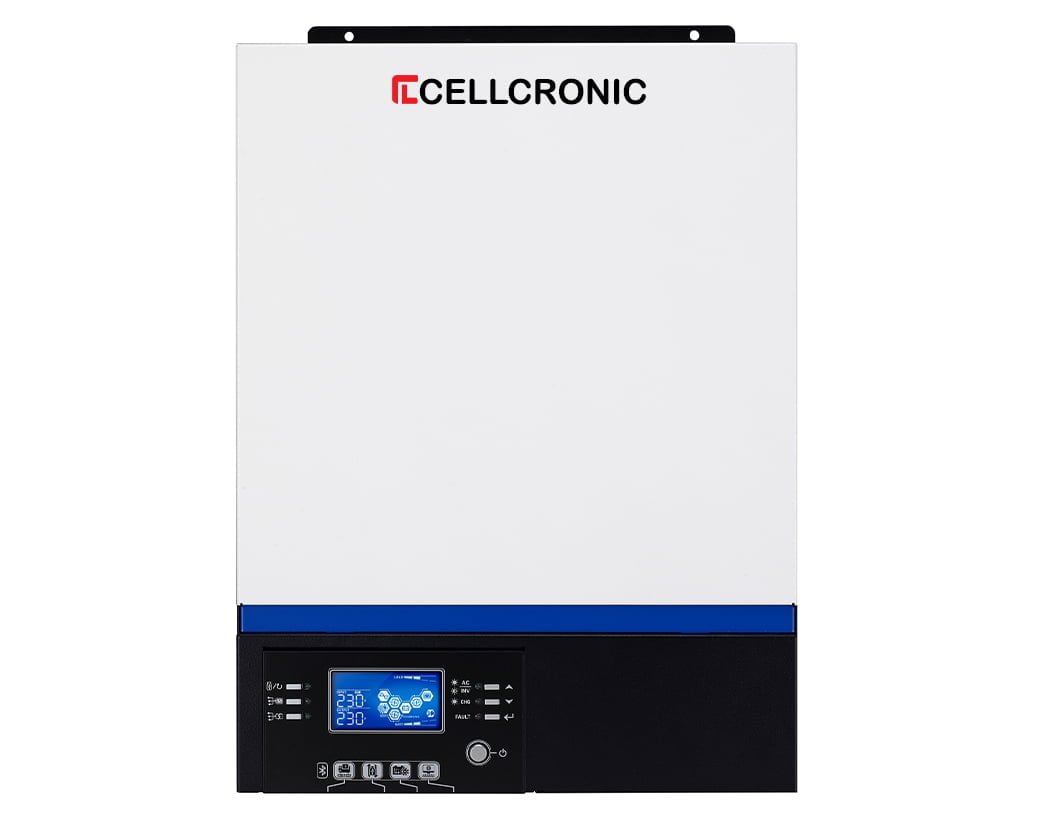A
Algarve Sparky
So I have completed a rewire on a house that had stood empty for several years, vandals had stripped the place including pulling all of the cables from the tubes.
So rewire was a case of replacing cables, board, sockets and switches.
However the place is no longer connected to the electricity grid and the new owner had a €20k solar system, inverter and a rack of 9 batteries installed even before we turned up.
My question, the solar guys cabled everything up and as we were starting supplied us a feed from the inverter, we connected into our new board and as circuits were pulled in we connected them, tested and carried on.
Its all up and running now but I cannot for the life of me get my head around why the Neutral in the house seems to be the live phase ( volt stick ) and on a meter get 240v between Neutral and earth nothing between live and earth ( via ground rod )? if I switch the cables around the issue remains ?? the output from the inverter seems to always want the neutral side of our board / cabling to be the live what ever way the output is connected.
It feels very odd and now we have a back up generator to bring on line which will auto start if the inverter sees the solar charge low as well as the batteries, how can I know which way to align the phase output from the generator and the solar?? ...help guys
So rewire was a case of replacing cables, board, sockets and switches.
However the place is no longer connected to the electricity grid and the new owner had a €20k solar system, inverter and a rack of 9 batteries installed even before we turned up.
My question, the solar guys cabled everything up and as we were starting supplied us a feed from the inverter, we connected into our new board and as circuits were pulled in we connected them, tested and carried on.
Its all up and running now but I cannot for the life of me get my head around why the Neutral in the house seems to be the live phase ( volt stick ) and on a meter get 240v between Neutral and earth nothing between live and earth ( via ground rod )? if I switch the cables around the issue remains ?? the output from the inverter seems to always want the neutral side of our board / cabling to be the live what ever way the output is connected.
It feels very odd and now we have a back up generator to bring on line which will auto start if the inverter sees the solar charge low as well as the batteries, how can I know which way to align the phase output from the generator and the solar?? ...help guys













